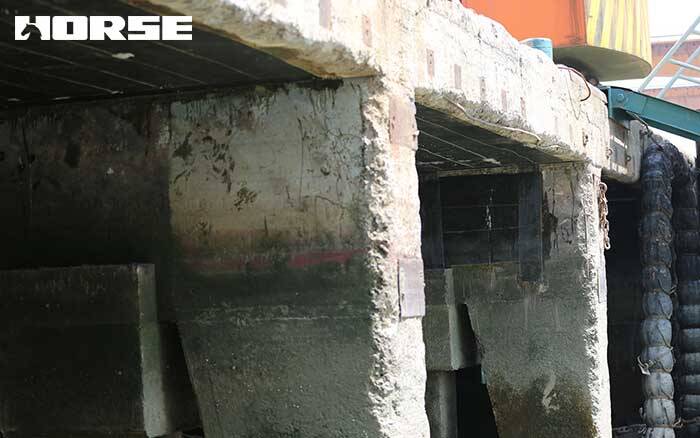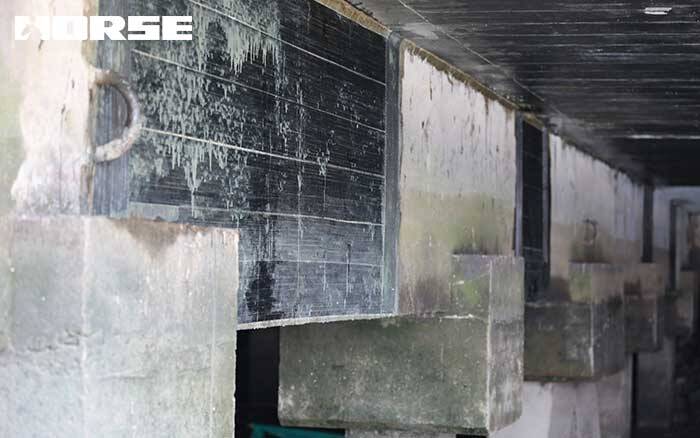Solutions
Horse Construction offers full range of structural strengthening materials with technical supports, documentation supports, products supports, project supports.
Carbon fiber composite material is a fiber reinforced material made of carbon fiber and resin, metal, ceramic and other substrates. Because of its light weight, high strength, and high and low temperature resistance, it has been widely used in aerospace, sports and leisure, high-speed rail cars, civil engineering and other fields. The carbon fiber composite material has excellent fatigue resistance, corrosion resistance, and excellent construction performance due to high specific strength while being lightw

Carbon fiber composite material is a fiber reinforced material made of carbon fiber and resin, metal, ceramic and other substrates. Because of its light weight, high strength, and high and low temperature resistance, it has been widely used in aerospace, sports and leisure, high-speed rail cars, civil engineering and other fields. The carbon fiber composite material has excellent fatigue resistance, corrosion resistance, and excellent construction performance due to high specific strength while being lightweight and high-strength. The application prospects in the marine field which has special requirements for material properties are not to be underestimated.
In recent years, carbon fiber composite materials have played an increasingly important role in the fields of shipbuilding, offshore energy development, and marine engineering repair.

Application of carbon fiber in marine engineering
Carbon fiber composite materials are used in marine engineering construction. It mainly uses its lightweight, high-strength, and corrosion-resistant properties to replace traditional steel building materials in the form of tendons and structural parts to solve the problems of seawater erosion of steel bars and high transportation costs over long distances. It has been used in offshore islands and reefs, docks, floating platforms, and light towers.
Regarding the application of carbon fiber composite materials in marine engineering, there is another type of repair and reinforcement of submarine pipelines or pipe strings. The repair of carbon fiber composite materials is mainly using carbon fiber cloth and epoxy resin and other high-strength and high-adhesion resin materials to adhere to the repair surface. Therefore, it is thin and light, high strength, good durability, convenient construction, adapt to different shapes, and has significant advantages.
The excellent properties of carbon fiber composite materials make it have broad application prospects in marine applications. In general, compared with mature applications in aerospace and other fields, the application of carbon fiber in the marine field has started relatively late. At the same time, the high cost of carbon fiber is also an important factor restricting its large-scale application. With the development of maritime military and the development of marine resources, vigorously promoting the application of carbon fiber in the marine field is an inevitable trend of development. On the other hand, the increasing demand for carbon fiber composite materials in the marine field will also promote the healthy development of the carbon fiber industry chain from the application of traction.
You can find anything here you are in need of, have a trust trying on these products, you will find the big difference after that.

High strength, unidirectional carbon fiber wrap pre-saturated to form a carbon fiber reinforced polymer (CFRP) wrap used to strengthen structural concrete elements.

High strength carbon fiber reinforced polymer (CFRP) strip / laminate / plate for structural strengthening and concrete repair

Prestressed carbon fiber reinforced polymer(CFRP) plate for slab, beam strengthening to increase stiffness, reduce distortion and deflection of members, reduce the cracks, avoid and stop cracking.